Share
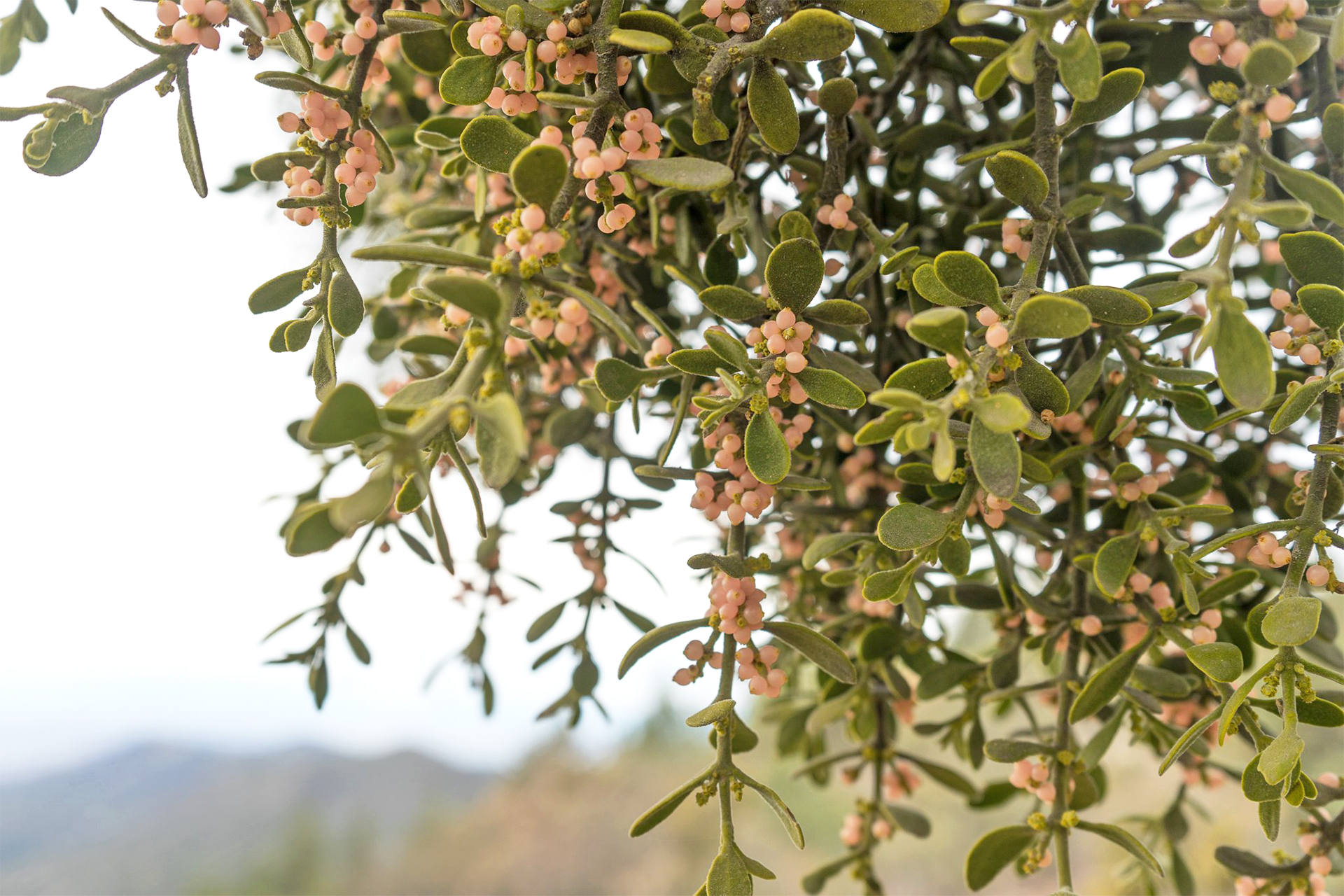
Everyone’s Favorite Holiday Parasite: Mistletoe
When was the last time you were asked to kiss under a parasite? Never? Well, if you’ve ever kissed under a sprig of mistletoe then we have news for you: mistletoe is actually a parasite!
All mistletoe is parasitic, taking trees and shrubs as their hosts and stealing the water and nutrients from them by growing roots into their branches. When it comes to parasites plants likely aren’t the first thing you picture, but mistletoe are surprisingly common with 1,300 species worldwide. In fact, there are 9 species native to Nevada. You can even find some feeding on conifer trees around Galena and Tahoe! The type you’re most likely to find in our area is dwarf mistletoe. This isn’t the holiday kissing kind, and isn’t much of a looker, but it’s an interesting sight nonetheless as it makes massive mounds tens or even hundreds of feet off the ground nestled in pine branches.
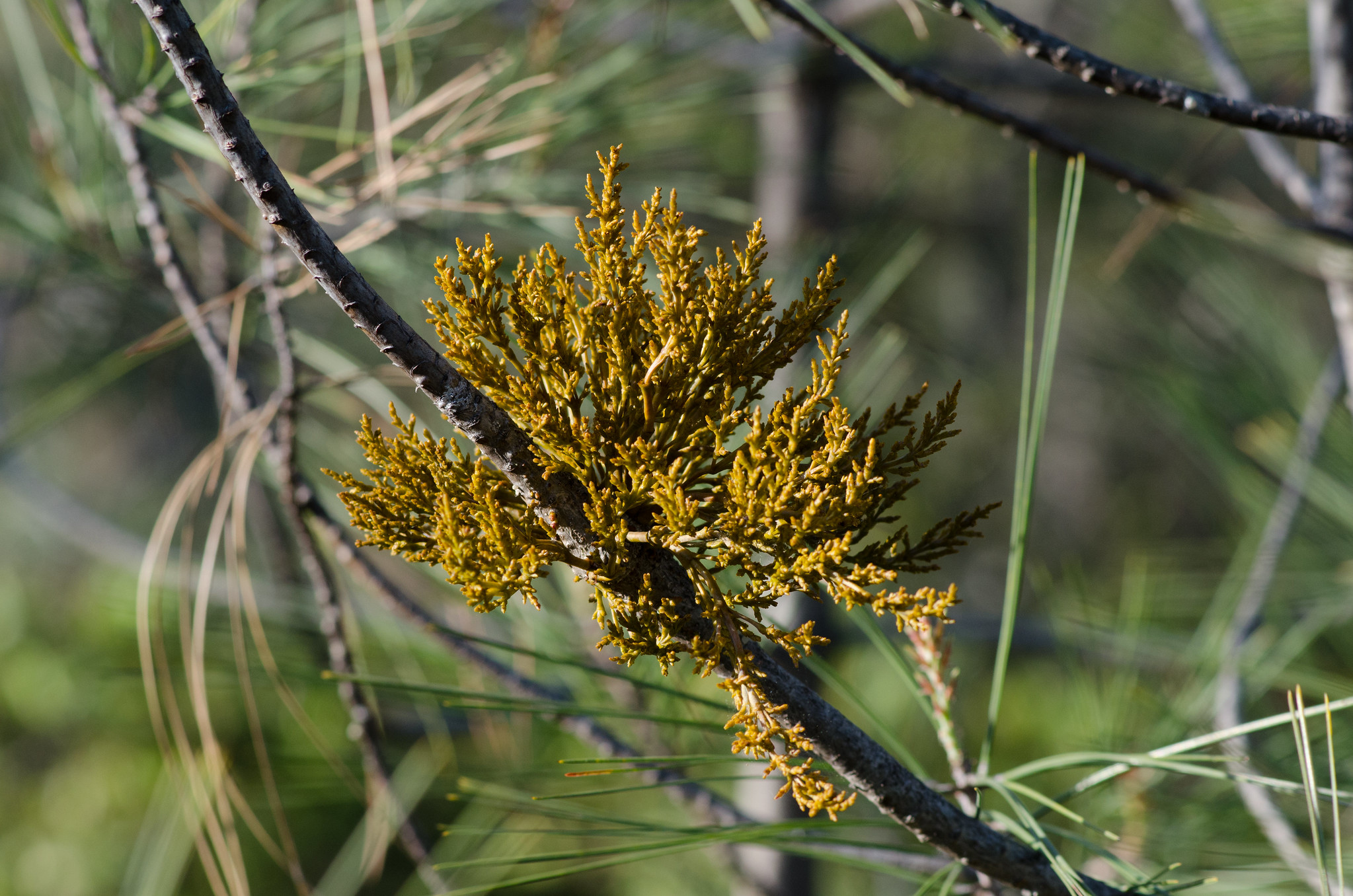
Dwarf Mistletoe
The kind that we hang up in our homes is American Mistletoe, also known as Eastern Mistletoe and Oak Mistletoe, which as you may have guessed is native to North America. It normally prefers oak, elm, ash, aspen, and other native deciduous hardwood trees as its host, but as fruit orchards sprung up in the Eastern States during colonial times, this mistletoe found that apple trees make great hosts too. American Mistletoe has attractive green leaves year round, and pearly, almost translucent berries in white, pink, or red during winter when its deciduous forest home is usually bare and brown. It’s easy to see how it caught the eye of both Indigenous peoples who used it medicinally and the eventual European settlers who came from the United Kingdom, where the modern tradition of kissing under the mistletoe started to catch on in the 1700s and became widespread by the 1800s. American Mistletoe looks quite similar to European Mistletoe, so the state-side native was an easy stand-in for settlers who wanted to get in on this Victorian Era craze.
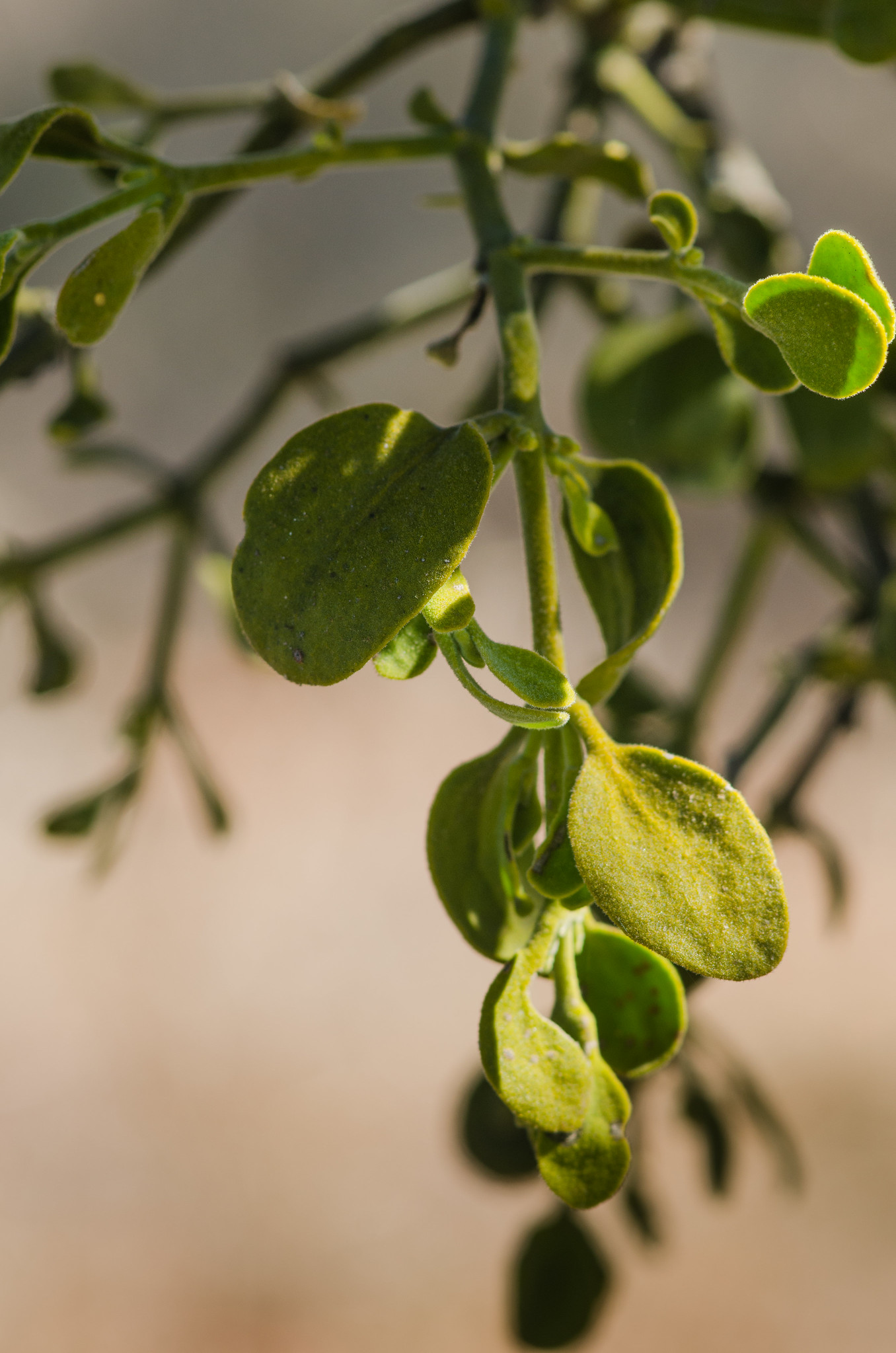
American Mistletoe
The question is then, due to it being a parasite, is mistletoe intentionally farmed as a crop or is it foraged? The answer is a bit of both. Mistletoe taken from seed and grown as a commercial crop is done in some places, but it’s not common and takes years to get a crop ready for harvest. As a result, most mistletoe is collected from where it has grown naturally. It will regrow from roots though, so when it is taken the harvesters will intentionally leave the roots intact in order to ensure a future crop. Whether you consider that intentionally grown or not is up to you! As mentioned before, mistletoe also quite enjoys apple trees, which are commercially grown on a large scale. Most commercial orchards aren’t keen on having their trees parasitized, but operations that are willing to sacrifice the health of some trees in order to have this income boost in the winter will also let mistletoe grow on their trees with the intent of harvesting it. Of course, mistletoe can also be foraged in completely wild settings, and sometimes it’s even “hunted”. This is more for fun and in order to get small amounts rather than a legitimate large-scale harvesting method, but it is a tradition in some places to hunt the plant by shooting it down from the tree with a rifle or shotgun. We don’t recommend this method, but this may make mistletoe the only plant collected by gunfire!
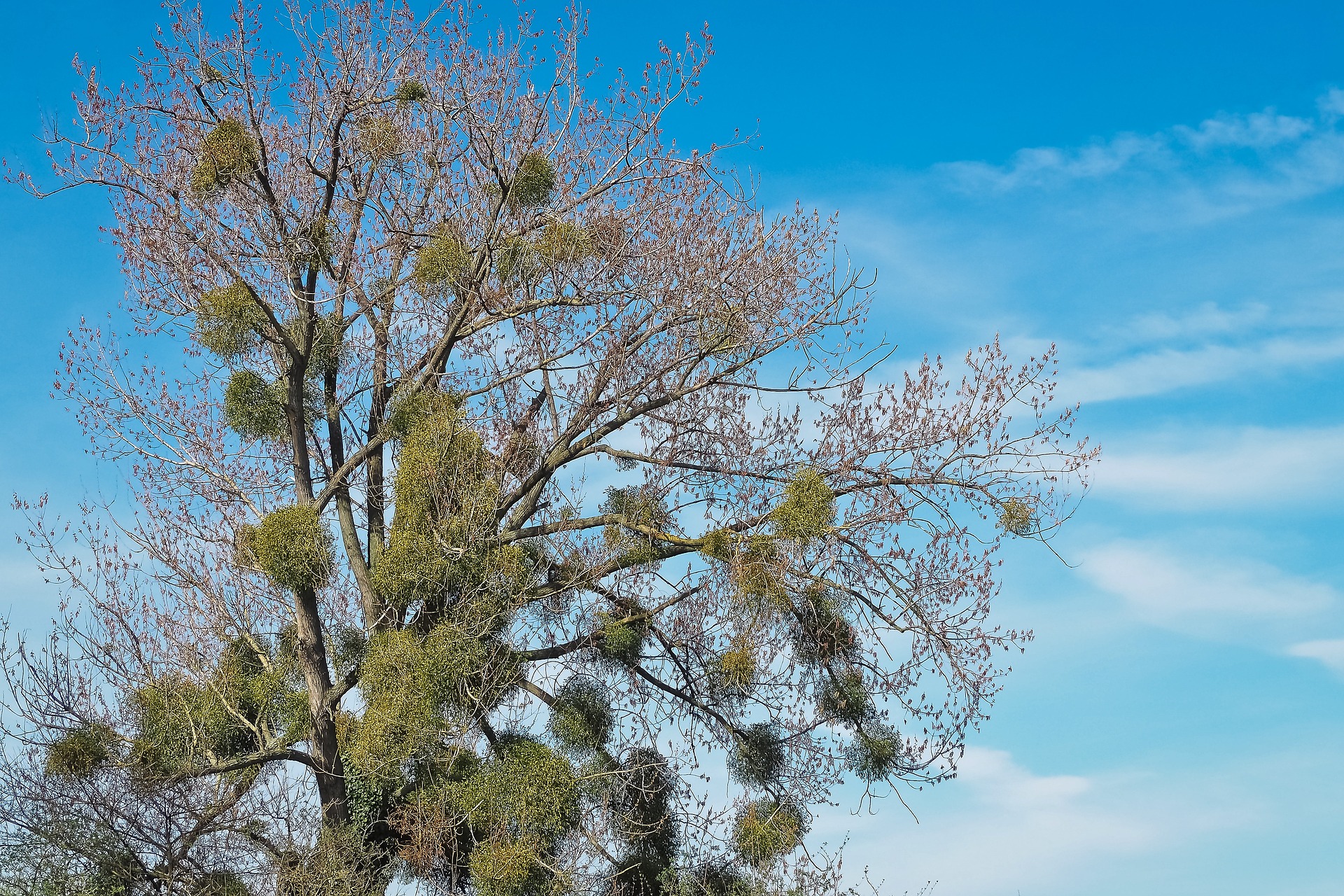
Mistletoe masses in a tree
Being a parasite doesn’t mean it absolutely needs to be removed though. There’s evidence that mistletoe has existed in American forests for tens of thousands of years, and potentially much, much longer. As a result, it has developed a close relationship with many forest-dwelling animals. Birds and mammals rely on the berries as a food source during the winter months, caterpillars are happy to live off the leaves, and the flowers provide food for pollinating insects including butterflies, beetles, and native bees. A surprising number of birds also rely on mistletoe masses for nests, including many raptors. Trees that don’t survive its onslaught make a whole new habitat for creatures that feed on dead wood or live within it, plus picking off a few trees here and there helps prevent overgrowth, which is another vital function to keep a forest healthy. Think of it less as something that hurts trees and more as an important member of a healthy forest ecosystem, because that’s what it is! Plus, this interesting plant has earned a spot as one of our favorite holiday traditions, just maybe reconsider before asking someone if they’d like to kiss under the parasite.
If you have any questions, stop by any one of our three Moana Nursery garden centers or contact us online.
Share
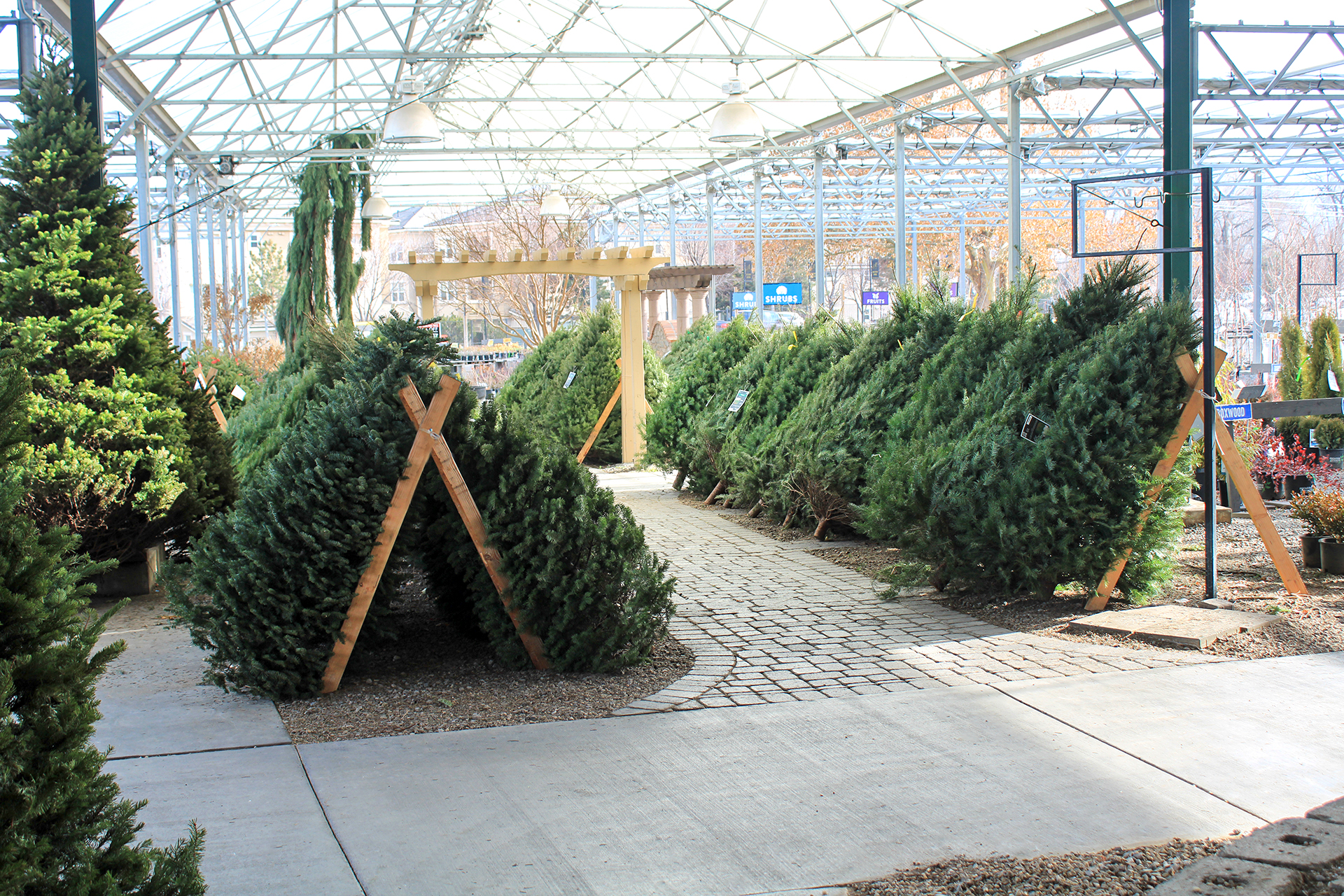
There are several types of popular Christmas tree varieties that each have unique features, so which type of tree is right for you?
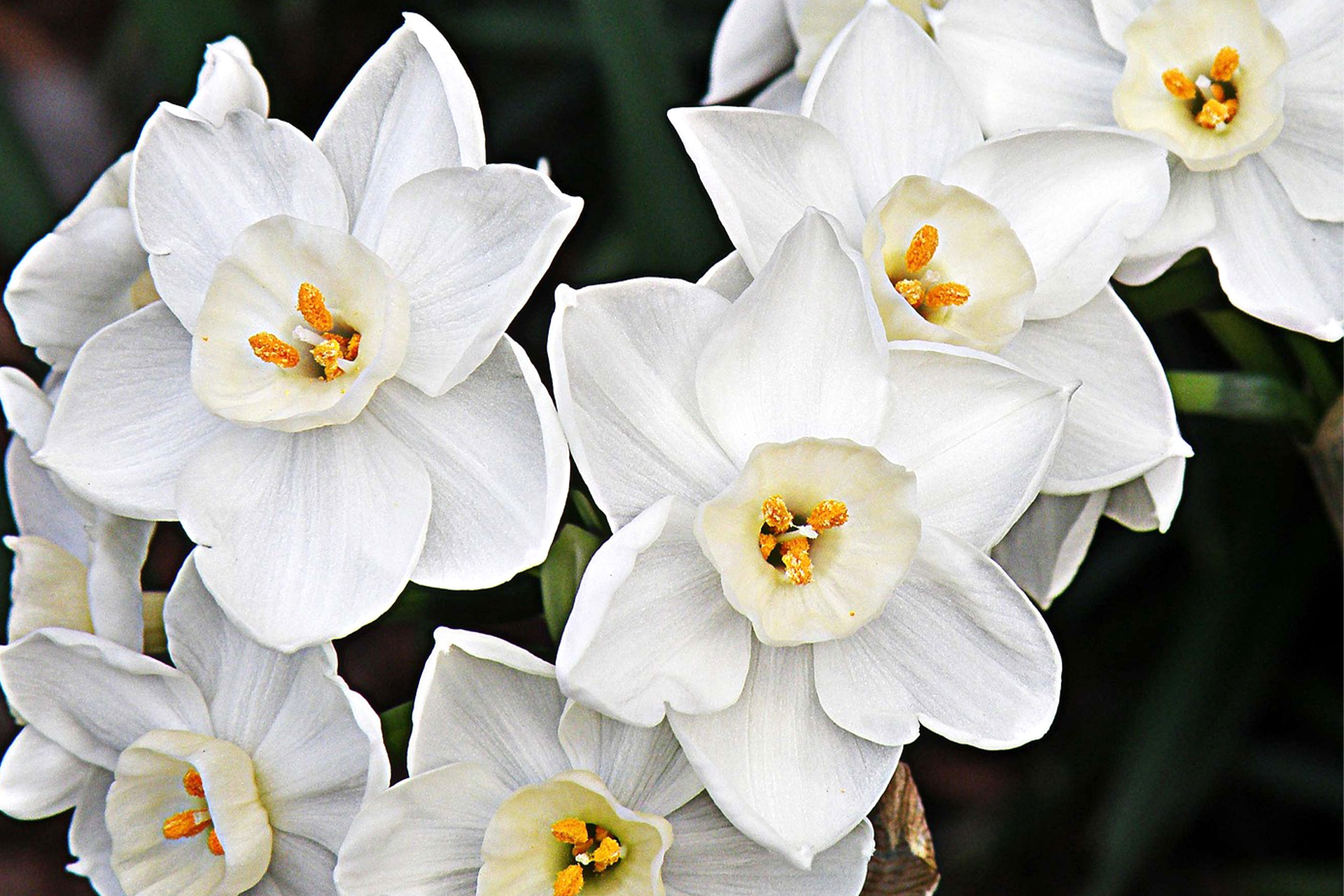
Paperwhites are a striking, easy to care for holiday plant with an interesting origin. Learn more about them and how to grow your own!
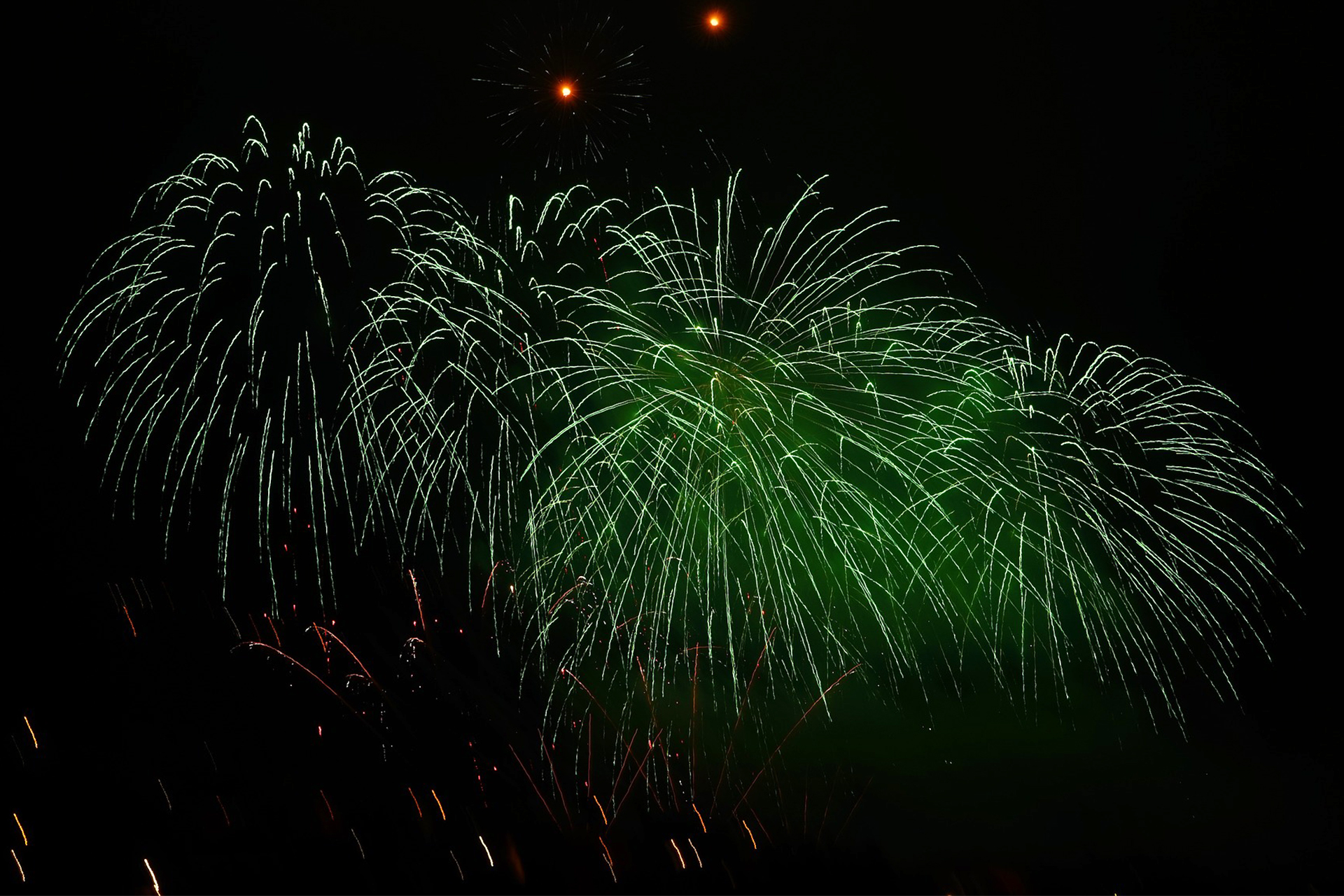
Some holidays just get all the luck when it comes to plant symbols. What about New Year’s?
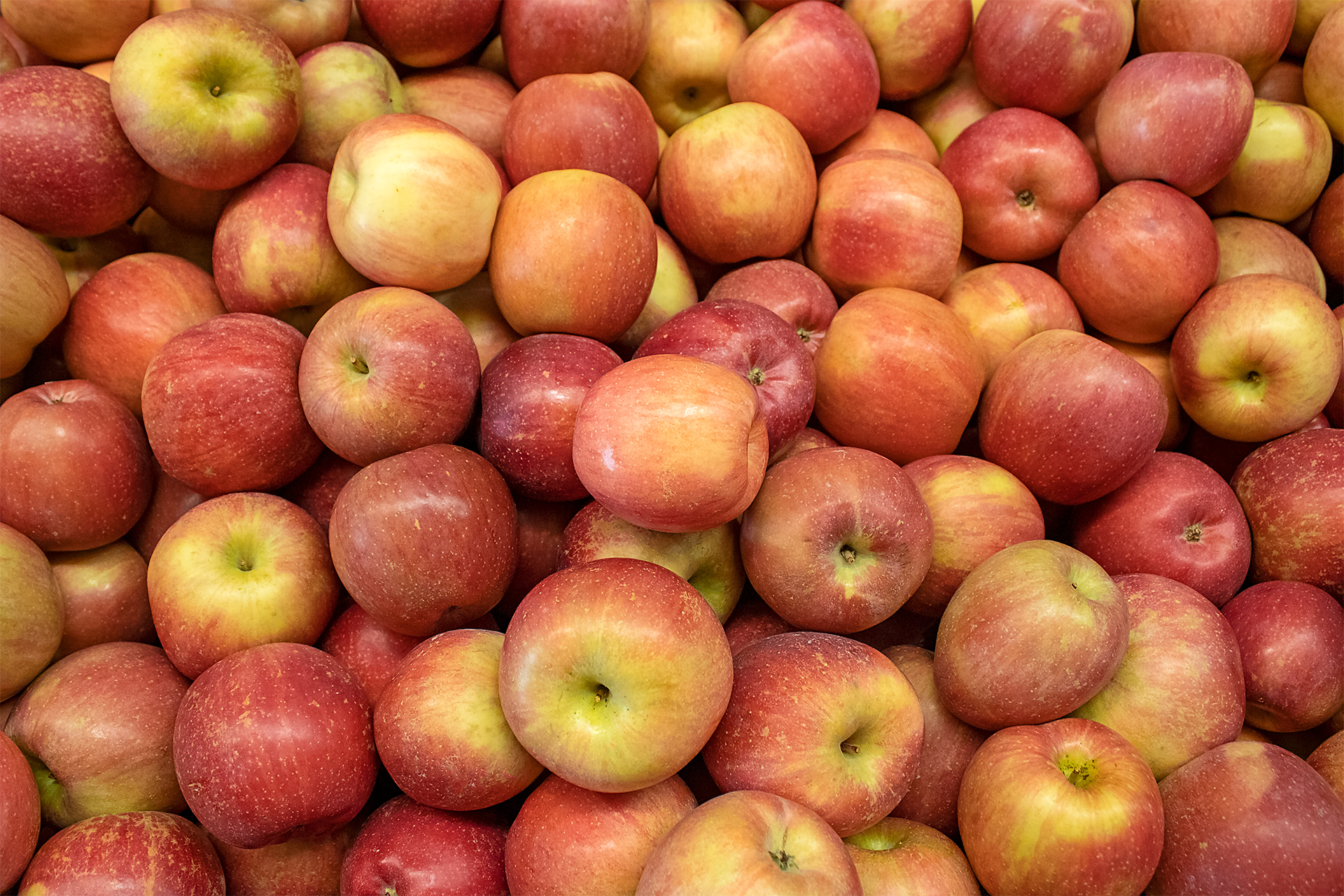
What's an Ice Apple and what makes it the sweetest apple you'll ever taste?
